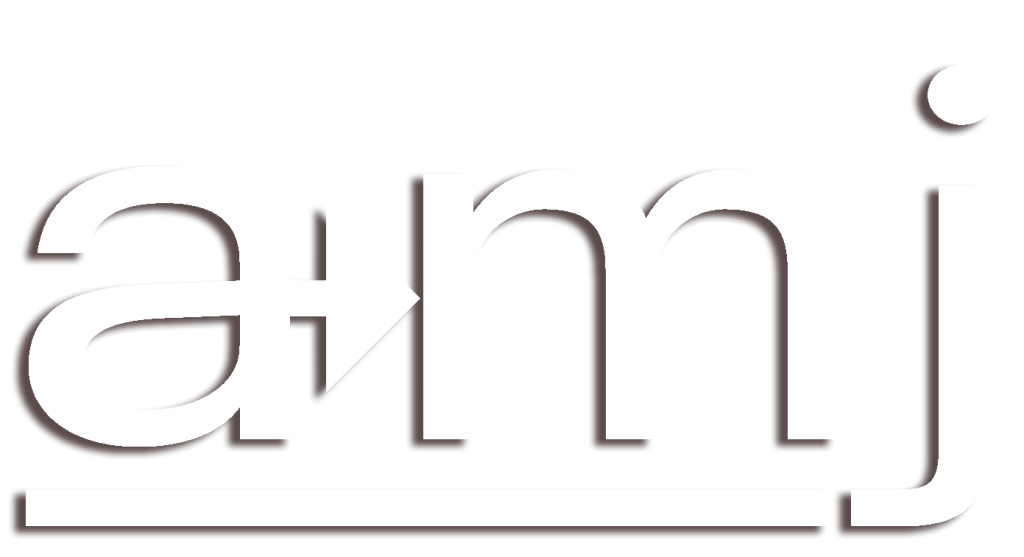
SAM ADVANCED MANAGEMENT JOURNAL
Human Resource Management Implications of Employee Stock Ownership Plans: A Binomial Experiment Involving Publicly-Traded Companies
Thomas W. Gainey, Bruce M. Bird, and Yun Cheng
DOI:
Citation: Gainey, T.W., Bird, B.M., & Cheng, Y. (2022). Human resource management implications of employee stock ownership plans: A binomial experiment involving publicly-traded companies. SAM Advanced Management Journal, 87(2),39-49.
Abstract
This paper examines Employee Stock Ownership Plans (ESOPs) from the perspective of the Human Resource (HR) function. ESOPs are potentially beneficial for many stakeholders. For owners, ESOPs can provide an exit strategy – a way to “cash out” over time. For employees, ESOPs can result in a lucrative retirement benefit. For HR, ESOPs can serve as an important incentive for attracting and maintaining an effective workforce. This paper examines opportunities and challenges that ESOPs present to HR. Additionally, using the NCEO and Compustat databases, we examined return on assets (ROA) and return on equity (ROE) for 244 matched pairs of ESOP and non-ESOP firms. Using a sign test to analyze these match pairs, we found that firms with an ESOP were associated with higher ROA and ROE. Additional analysis revealed significant differences in ROA and ROE based on the number of participating employees and within industrial classifications.
References
Bonn, K. (2004). To ESOP or not to ESOP? The Tax Advisor, 35(5), 271–272.
Boris, V. (2017). What makes storytelling so effective for learning? Retrieved from Harvard Business Publishing website: https://www.harvardbusiness.org/what-makes-storytelling-so-effective-for-learning/
Chi, C. G., & Gursoy, D. (2009). Employee satisfaction, customer satisfaction, and financial performance: An empirical examination. International Journal of Hospitality Management, 28(2), 245–253.
Fox, A. (2010). Raising engagement. HR Magazine.
Frisch, R. A. (2001). ESOP: The ultimate instrument in succession planning. New York: Wiley.
Gordon, J. N. (2003). The United Airline bankruptcy and the future of employee ownership. Employee Rights and Employment Policy Journal, 7, 227.
Harter, J., & Adkins, A. (2015). What great managers do to engage employees. Retrieved from Harvard Business Review website: https://store.hbr.org/product/what-great-managers-do-to-engage-employees/H01YYI
Hay Group. (2001). Engage Employees and Boost Performance. In Hay Group. Hay Group. Retrieved from Hay Group website: https://home.ubalt.edu/tmitch/642/articles%20syllabus/Hay%20assoc%20engaged_performance_120401.pdf.
Hopkins, C. (2017). Workers’ compensation insurance: Cost, coverage & how it works. Retrieved from Fit Small Business website: https://fitsmallbusiness.com/workers-compensation-insurance/
Martin, J., Sitkin, S. B., & Boehm, M. (1985). Founders and the Elusiveness of a Cultural Legacy. In P. J. Frost, L. F. Moore, M. R. Louis, C. C. Lundberg, & J. Martins (Eds.), Organizational Culture (pp. 99–124). Beverly Hill: Sage.
Menke, J. D., & Buxton, D. C. (2010). The origin and history of the ESOP and its future role as a business succession tool. Retrieved June 27, 2022, from Rutgers website: https://cleo.rutgers.edu/articles/the-origin-and-history-of-the-esop-and-its-future-role-as-a-business-succession-tool
Miller, S. (2016). Employees’ financial issues affect their job performance. Retrieved from Society for Human Resource Management website: https://www.shrm.org/resourcesandtools/hr-topics/benefits/pages/employees-financial-issues-affect-their-job-performance.aspx
National Center for Employee Ownership. (1992). Employee ownership companies pay less for workers’ compensation costs. Retrieved from National Center for Employee Ownership website: https://www.nceo.org/articles/employee-ownership-workers-compensation
National Center for Employee Ownership. (2017a). Are ESOPs good retirement plans? Retrieved from National Center for Employee Ownership website: https://www.nceo.org/articles/esops-too-risky-be-good-retirement-plans.
National Center for Employee Ownership. (2017b). ESOP tax incentives and contribution limits. Retrieved from National Center for Employee Ownership website: https://www.nceo.org/articles/esop-tax-incentives-contribution-limits.
National Center for Employee Ownership. (2020). Employee ownership by the numbers. Retrieved from National Center for Employee Ownership website: https://www.nceo.org/articles/employee-ownership-by-the-numbers.
Offner, J. (2012). Employee ownership gives workers stake in future. Retrieved from Cedar Valley Business Monthly website: http://wcfcourier.com/business/local/employee-ownership-gives-workers-stake-in-future/article_3f49548c-3e2a-11e1-bae1-0019bb2963f4.html.
Owens, E., & Jessup, C. M. (2014). Federal improper payments: An overview. Journal of Government Financial Management, 63(2), 12–16.
Picchi, A. (2018). As baby boomers reach retirement, can employee buyouts keep small businesses open? Retrieved from Zenefits website: https://www.zenefits.com/workest/baby-boomer-retirement-small-business/
Rosen, C. (2020). Where did employee ownership month come from? Retrieved from National Center for Employee Ownership website: https://www.nceo.org/article/where-did-employee-ownership-month-come
Sammer, J. (2007). Taking ownership. Retrieved from Society for Human Resource Managment website: https://www.shrm.org/hr-today/news/hr-magazine/pages/0807sammer.aspx
Sammer, J. (2012). Ensure the strategic use of stock-based pay. Retrieved from Society for Human Resource Management website: https://www.shrm.org/resourcesandtools/hr-topics/compensation/pages/stockbasedpay.aspx
Sammer, J. (2016). ESOPs turn workers into owners. Retrieved from Society for Human Resource Management website: https://www.shrm.org/resourcesandtools/hr-topics/benefits/pages/esops-workers-owners.aspx
Saylor, T. (2017). ESOPs help some CPA firms with retention, succession. Retrieved from Journal of Accountancy website: https://www.journalofaccountancy.com/issues/2017/may/employee-stock-ownership-plans-at-cpa-firms.html
Schneider, B. (1990). Organizational climate and culture. San Francisco: Jossey-Bass.
Schuneman, F. (2019). The importance of workplace culture. Retrieved from Invista Performance Solutions website: https://www.invistaperforms.org/the-importance-of-workplace-culture/.
Skrovan, S. (2017). Family-run Buehler’s transitions ownership to employees. Retrieved from Food Dive website: https://www.fooddive.com/news/grocery–family-run-buehlers-transitions-ownership-to-employees/507731/
Society for Human Resource Management. (2015). How Organizational Staff Size Influences HR Metrics. Retrieved from Society for Human Resource Management website: htps://www.shrm.org/ResourcesAndTools/ business-solutions/Documents/OrganizationalStaffSize.pdf
Vroom, V. H. (1964). Work and motivation. New York: Wiley.
Webner, R. (2015). H-E-B following other grocery chains in giving ownership to employees. Retrieved from San Antonio Express-News website: https://www.expressnews.com/business/local/article/H-E-B-following-other-grocery-chains-in-giving-6605471.php
Wiener, Y. (1988). Forms of value systems: Focus on organizational effectiveness and cultural change and maintenance. Academy of Management Review, 13(4), 534–545. https://doi.org/10.5465/amr.1988.4307410
